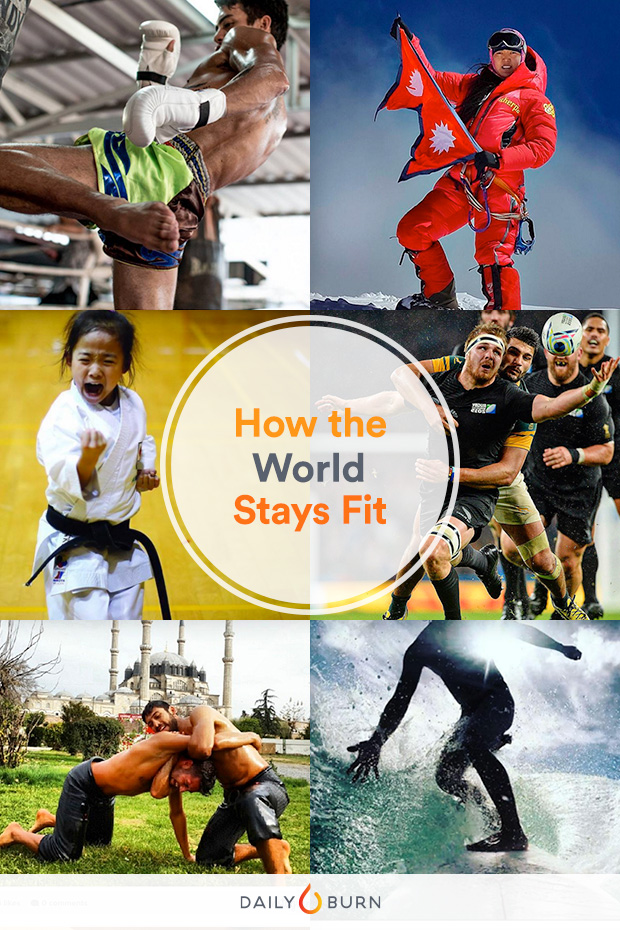
If you grew up in U.S., you’ve probably spent a fair amount of time tossing around a football, running the bases at a baseball (or T-ball!) game, and maybe even sprinting up and down a lacrosse field. (Or at least watching, cheering and enjoying a classic hot dog from the stands.) Yet, travel the world and you’ll see people embracing their love of sport — and desire to stay fit — in all sorts of ways. From dancing the salsa to playing cricket to…wrestling covered in olive oil (yes, you read that right!), there’s no limit to the creative ways people are getting their sweat on. Here are some of the most popular ways people stay active all over the globe.
RELATED: Daily Burn 365: New Workouts, 7 Days a Week
14 Ways People Stay Fit, All Around the World
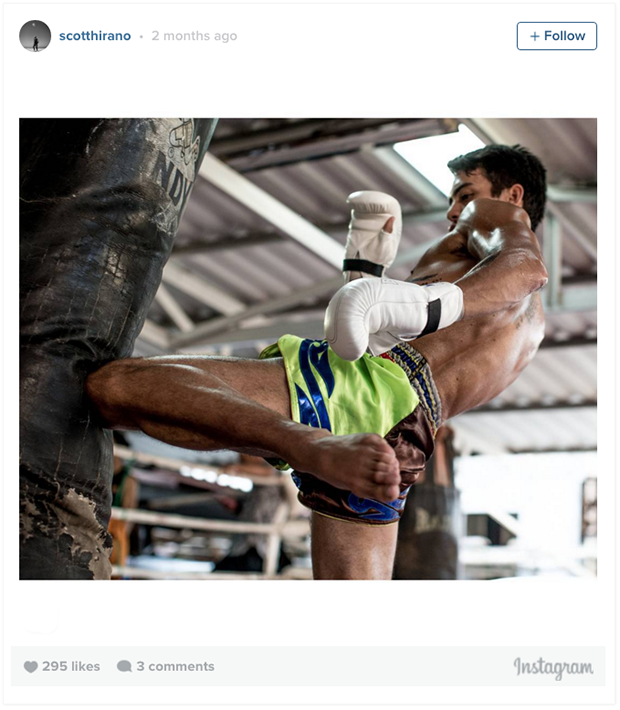
1. Muay Thai
Where: Thailand
Muay Thai, also known as Thai boxing, is the national sport of Thailand and has been practiced there since the 16th century, when Thailand, then known as Siam, was frequently in conflict with the Burmese. It’s sometimes called “the art of eight limbs” because it uses eight points of the body for offense and defense: the fists, the elbows, the knees and the shins. Understandably, then, it’s an incredible full-body workout that increases strength, agility and endurance over five rounds where fighters are scored on the basis of clean strikes and the ability to take a hit without flinching.
RELATED: Train Different: 5 UFC Workout Moves for Beginners

2. Climbing
Where: Nepal
The unsung heroes of Mt. Everest expeditions are the Sherpas, an ethnic group native to the most mountainous areas of Nepal whose toughness, expertise and ease at very high altitudes have caused western climbers to rely on them as guides for more than a century. In a poor area, guiding is one of the few lucrative options for young people, but the risks are significant. An avalanche in 2014 killed 16 Sherpas and the earthquake in April 2015 triggered another one that devastated Everest base camp. But in recent years Nepalese climbers have become stars in their own right, with climbers like Pasang Lhamu Sherpa Akita and her all-female Sherpa team gaining recognition for reaching high-profile summits like Everest and K2.
RELATED: From Day Hikes to Mount Kilamanjaro: Why More Women Are Hitting the Trails

3. Rugby
Where: South Africa
Think American football — but without the padding. There is perhaps no place in the world where rugby is as inextricably tied up in national identity as it is in South Africa. In 1995, just a year after Nelson Mandela was elected, the national team, the Springboks, hosted and defeated New Zealand in the Rugby World Cup in what was widely seen as a crucial moment in post-Apartheid nation-building. It also created a generation of schoolboys, both black and white, who dream of playing for the “Bokkes” one day.
RELATED: 25 Athletes Redefining Extreme on Instagram

4. Cycling
Where: The Netherlands
Spend some time in Amsterdam and one of the most striking things you’ll notice is the sheer ubiquity of bicycles lining the cobbled streets and picturesque canals. Nearly a third of Dutch people rely on cycling as their primary means of transportation, seamlessly integrating fitness into their daily lives. With a growing network of bike lanes connecting cities and towns and cyclist-friendly traffic laws and infrastructure, it’s no wonder that the Netherlands has by far the highest number of bicycles per capita in the world, with roughly a bike for every person.
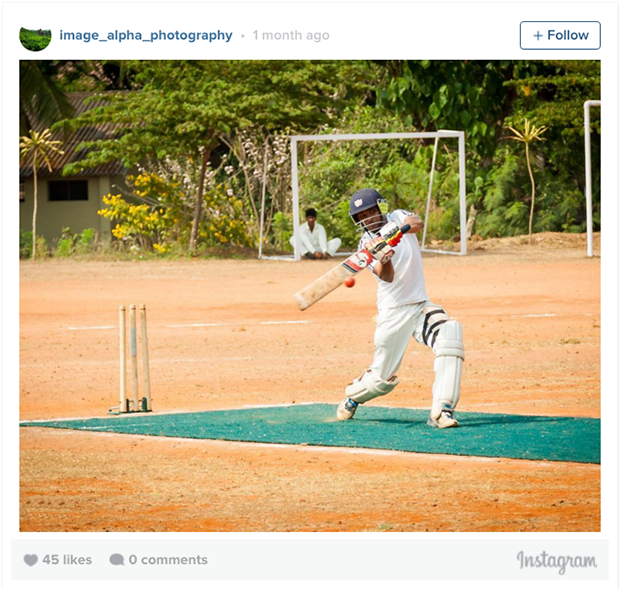
5. Cricket
Where: India
There’s a bat and a ball and the objective is to score runs. But apart from that, cricket is quite different from baseball. It has more players, five-day “test” matches, and defensive as well as offensive batting. What was once known as a rich, white man’s game has since taken on a distinctively populist flavor across the world’s second-most populated country. In fact, national team viewership has been known to reach nearly half a billion people when they play high-profile game. But it’s not just for the pros. Indian school kids need only a makeshift bat and ball to play scrappy variations of cricket on the beaches of Goa, the congested streets of New Delhi, or the ghats along the Ganges in Varanasi.
RELATED: 7 Extreme Sports You Can Try on Your Own Terms
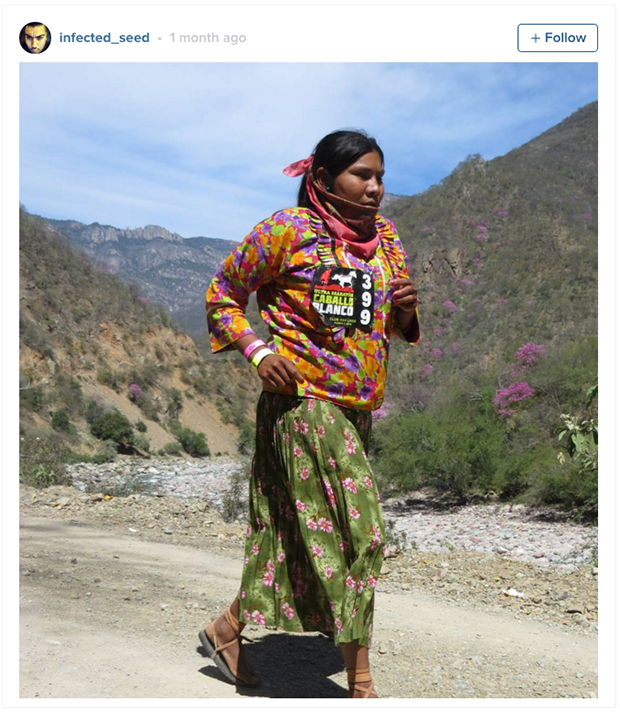
6. Running
Where: Mexico and Kenya
Sure, running is big all around the globe (check out these 30 marathons as proof). But the Tarahumara, a native tribe from northwestern Mexico, and the Kalenjin, a tribe from the Rift Valley in western Kenya, are both particularly renowned for their long-distance running ability. Christopher McDougall’s 2009 best-seller Born to Run helped bring the Tarahumara to the public consciousness and was largely responsible for sparking the barefoot running craze. Meanwhile, some believe that Kalenjin runners have a particular genetic advantage — thin calves — which is thought to give them a crucial advantage in running, allowing them to dominate most of the world’s long-distance races for years.
RELATED: Hate Running? 25 Ways to Learn to Love It
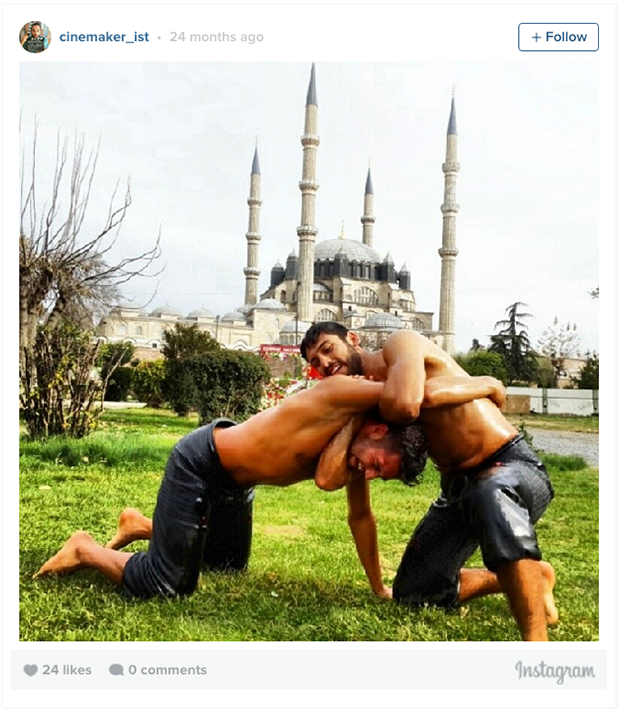
7. Oil Wrestling
Where: Turkey
There is perhaps no sport that has delighted the internet more than Turkish oil wrestling, which requires a wrestler to douse himself in olive oil before grappling with an opponent and shoving an arm down his pants to get a good grip. It might look too fantastical to be real, but the annual tournament, located in the city of Edirne, has been attracting massive crowds for 650 years — eager to watch on as wrestlers display an impressive blend of power, stamina and agility.
RELATED: 3 MMA Moves Even YOU Can Do

8. Capoeira
Where: Brazil
This Brazilian martial art is not exactly a combat sport, as players get quite close but aren’t actually supposed to touch each other. Instead, Capoeira combines fighting with dance and acrobatic movements, creating a graceful back-and-forth that becomes almost a conversation. Some say the art form developed when African slaves disguised their self-defense and combat training as dance. Today, it serves as a workout for the mind, body and spirit — all rolled into one.

9. Pencak Silat
Where: Indonesia
The 2011 film “The Raid” brought Indonesian martial arts to a worldwide audience for the first time. With 250 million people, Indonesia is the world’s fourth-most populated country and hundreds of variations of the martial art known as pencak (“pen-chak”) silat are practiced across its incredibly diverse archipelago. Unlike many other forms of martial arts which preach discipline and restraint, pencak silat has an unapologetically guerrilla mentality. Some of its moves are straight-up dirty, targeting the groin, throat and eyes.
RELATED: The 22-Minute Workout You Need to Try Right Now
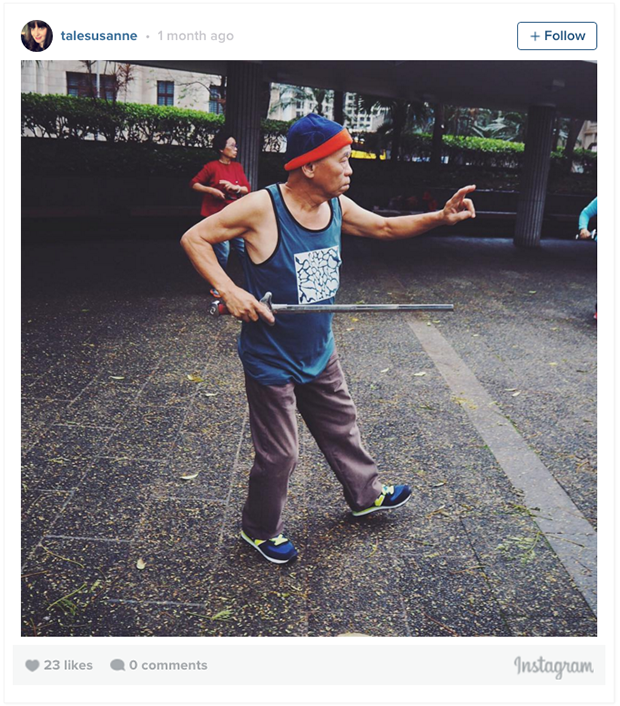
10. Tai Chi
Where: Hong Kong
Take a stroll around Hong Kong early in the morning and you’re likely to spot groups of people performing slow, fluid movements in unison. Tai Chi, designed to keep the body’s yin and yang in balance, is as much a form of relaxation as it is a gentle exercise. It is such an important part of daily life for many Hong Kong residents that the city’s tourism board runs free outdoor classes four days a week.

11. Karate
Where: Japan
Of all the martial arts out there, karate has left an outsized impression on American culture (and by extension, the world) thanks in large part to its presence in classic movies from the 60s and 70s, not to mention more recent ones that bring to mind phrases like “wax on, wax off.” But what you may not realize is that there are many variations of this art form, and that “karate,” for many people, has become almost a catchall term for a whole host of regional martial arts that help their practitioners become stronger, faster and more focused — judo, kendo, aikido and Japanese jiu-jitsu, to name a few.
RELATED: Need a Cardio Fix? Try This 5-Minute Kickboxing Workout
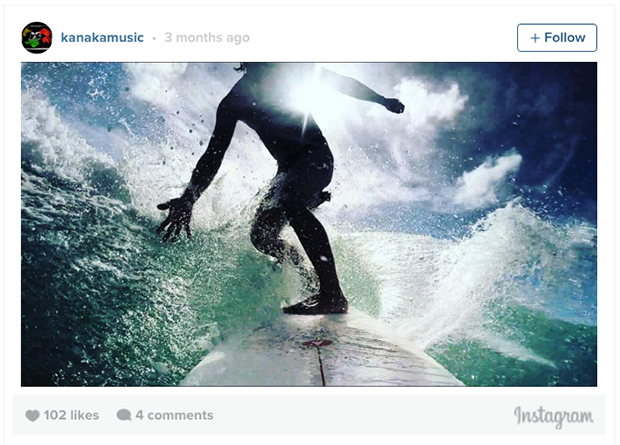
12. Surfing
Where: Polynesia
More than three thousand years ago, fishermen in western Polynesia discovered that riding waves with a wooden board was an efficient way to get back to shore with the day’s catch, making surfing one of the world’s oldest sports (though some claim that it was being practiced even earlier on the coast of northern Peru). Surfboard technology has since evolved, and countless events and competitions have since arisen worldwide (including its Olympic debut slated for the Tokyo 2020 Games). And it’s no wonder the sport has made waves from Hawaii to Fiji and beyond, attracting more than 35 million surfers worldwide. It’s not easy to hang though: This sport requires fearlessness, finesse and total athleticism (think: core strength, flexibility and the endurance to paddle for hours on end).
RELATED: 4 Workouts to Get You in Surfing Shape

13. Latin Dance
Where: Latin America
From salsa dancing in Cuba to doing the tango in Buenos Aires, Latin dance is one of the world’s most exhilarating — and sexiest — ways to stay fit. Whether it’s the cha-cha, the rumba, or the samba, these great cultural expressions are also great cardio that develops rhythm, endurance and body awareness. Any kind of fitness activity that can blend seamlessly with your social life — and help you seduce that smoldering someone on the dance floor — has to be a good thing.
RELATED: 5 Ways to Feel More Like Beyonce in Cardio Dance Class

14. Football
Where: All Over The World
No, not that kind of football. We’re talking about soccer, the “Beautiful Game,” which most of the world knows as football. No other game is played as widely or as passionately, or is enjoyed so equally across cultures and income levels. From the elite private schools of England to the townships of South Africa, all you need to play is a ball and your two feet.
